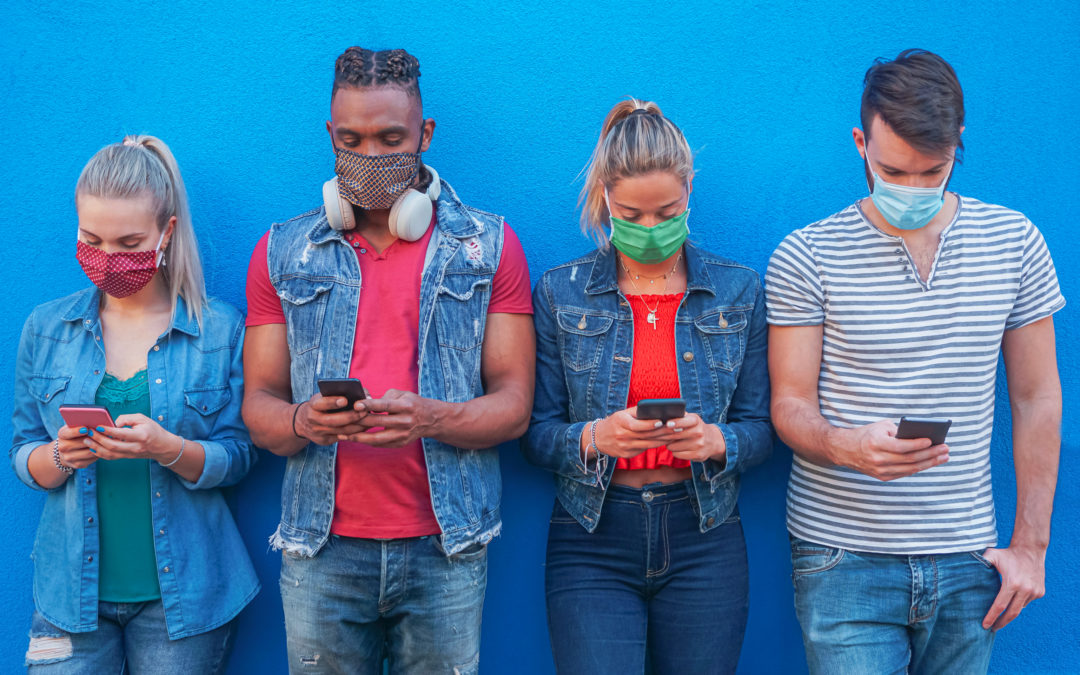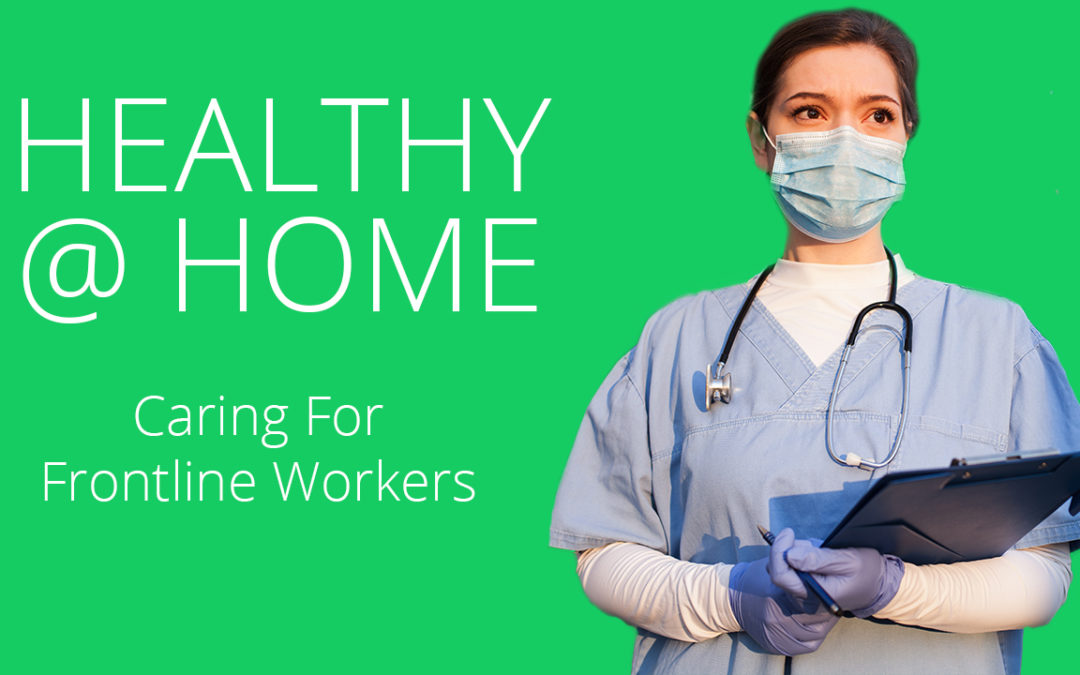
An epidemic of teen depression (and what to do about it)
An epidemic of teen depression (and what to do about it)

Key Takeaways:
- In the last 10 years, the number of teens identifying as having “experienced persistent feelings of sadness and hopelessness” doubled.
- School connectedness was a key barometer of how well teens fared mentally.
- Teens tend to be more isolated than their peers of past decades, more reliant on social media and smartphones to create a type of “pseudo community.”
- GCO’s priorities is to offer relationship enrichment classes in local communities and schools.
Nothing in life can replace genuine community
The United States has a teen depression problem. And it’s only getting worse.
That assessment is based off a new study from the U.S. Centers for Disease Control and Prevention released in April. It found that 44% of teens “experienced persistent feelings of sadness or hopelessness” in the most recent 12-month period. What’s more, 20% of teens “had seriously considered attempting suicide” and 9% “had attempted suicide.”
What’s truly eye-opening is when you compare these statistics with the reported mental health status of teens a decade ago. In 2009, for example, just 26% of teens reported having consistent feelings of sadness and despair. That means in roughly the last decade, the rate of teens who feel this way has nearly doubled. Rates of teens attempting suicide (from 14% to 19%) or committing suicide (6% to 9%) also increased during that period.
The COVID-19 pandemic has only worsened the problem, as teens have been more isolated than ever. The CDC survey was of 7,700 teens conducted in the first six months of 2021, when the young people were still mired in the worst of the pandemic school shutdowns and social isolation.
“These data echo a cry for help,” said CDC acting principal deputy director Debra Houry in a statement. “The COVID-19 pandemic has created traumatic stressors that have the potential to further erode students’ mental wellbeing.”
Importantly, the CDC report found that school connectedness was a key barometer of how well teens fared mentally. “Youth who felt connected to adults and peers at school were significantly less likely than those who did not to report persistent feelings of sadness or hopelessness,” the study concluded.
What’s interesting about this anecdote from the CDC report is the emphasis on community and positive social relationships in maintaining good mental health. Today’s teens tend to be more isolated than their peers of past decades, more reliant on social media and smartphones to create a type of “pseudo community.”
As a recent article in The Atlantic points out, “Compared with their counterparts in the 2000s, today’s teens are less likely to go out with their friends, get their driver’s license, or play youth sports.”
It goes without saying that the pandemic only worsened these problems. What’s more, our nation’s public discourse has continued to deteriorate and today has never been more toxic, in large part fed by a culture drenched in social media.
The Success Sequence provides an outline of how to reverse the cycle of poverty in our communities. GCO uses this as a framework for much of our work.
Again to quote The Atlantic, “Outwardly, teens are growing up slower; but online, they’re growing up faster. The internet exposes teenagers not only to supportive friendships but also to bullying, threats, despairing conversations about mental health, and a slurry of unsolvable global problems—a carnival of negativity. Social media places in every teen’s pocket a quantified battle royal for scarce popularity that can displace hours of sleep and makes many teens, especially girls, feel worse about their body and life. Amplify these existing trends with a global pandemic and an unprecedented period of social isolation, and suddenly, the remarkable rise of teenage sadness doesn’t feel all that mysterious, does it?”
Solutions to this problem are not easy, but we know from our work at the Georgia Center for Opportunity (GCO) that nothing in life can replace genuine community. That community ranges from a good school to a healthy family life to thriving relationships to meaningful work. Teenagers need this just as much as adults — perhaps even more so as they pass through these key years of development.
One of GCO’s priorities is to offer relationship enrichment classes in local communities and schools. That includes students in middle and high school. Joyce Mayberry, vice president of GCO’s family team, “Teaching young people the dynamics of healthy relationships is so important, now more than ever. We’re seeing the devastating results of a loss of meaningful relationships, but it’s not too late to reverse course. All it takes is a direct investment in sharing the tools and approaches that work with young people.”
The bottom line is this: A key way to combat this epidemic of teen depression and poor mental health is through real community, where teens experience relationships face-to-face with friends, family, and broader society. That’s also one of the best ways to break the social media addiction — substituting real relationships for fake ones in a virtual world. Ultimately, it all loops back to community.





